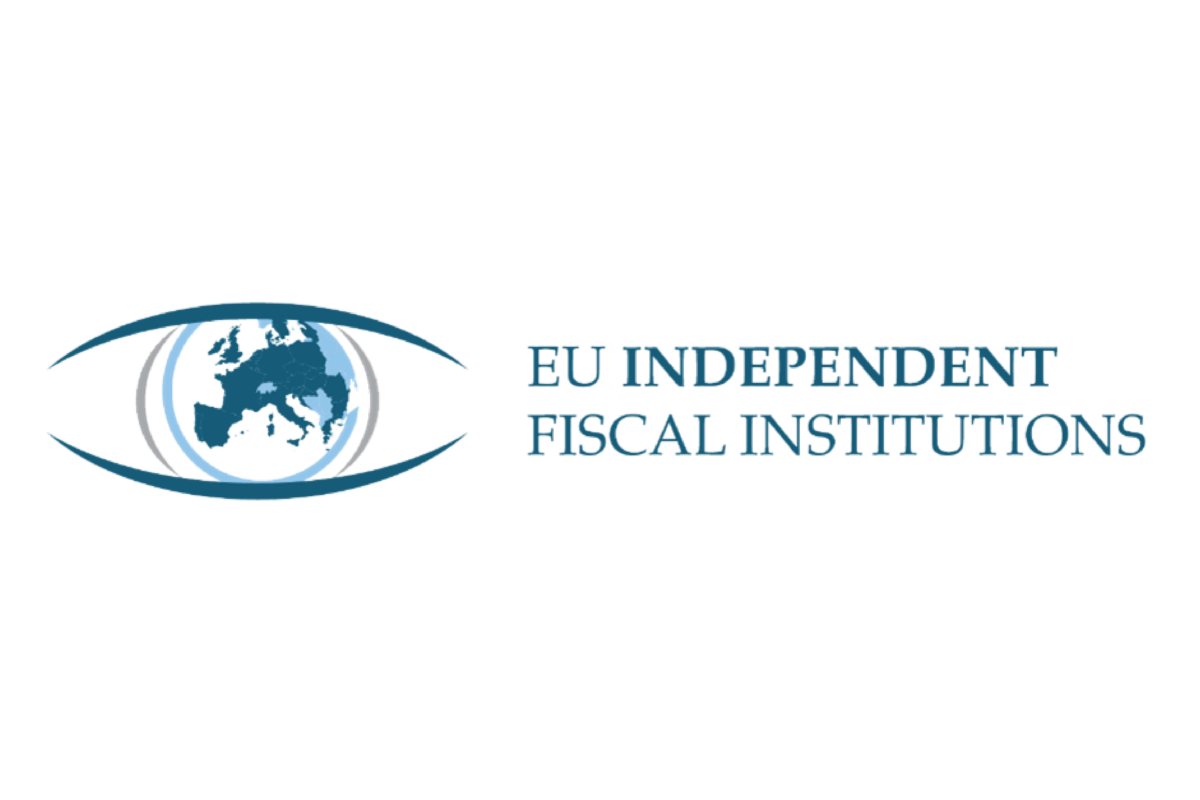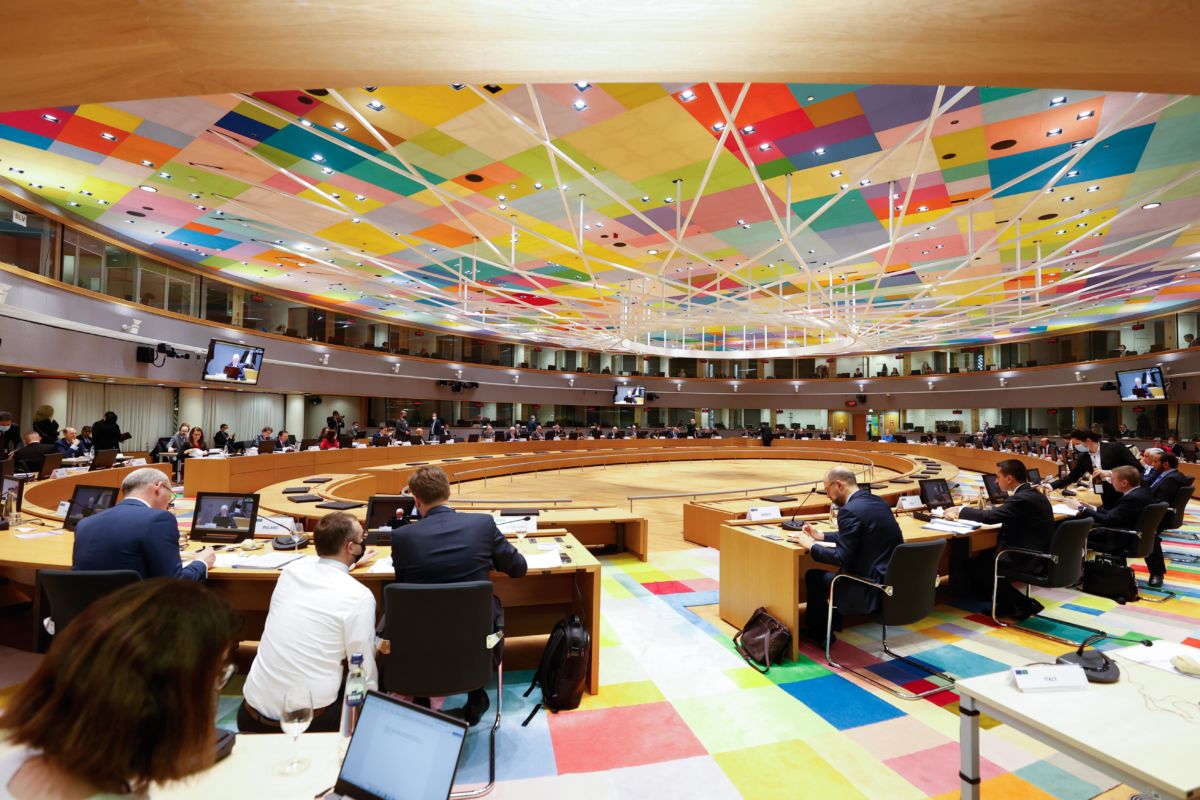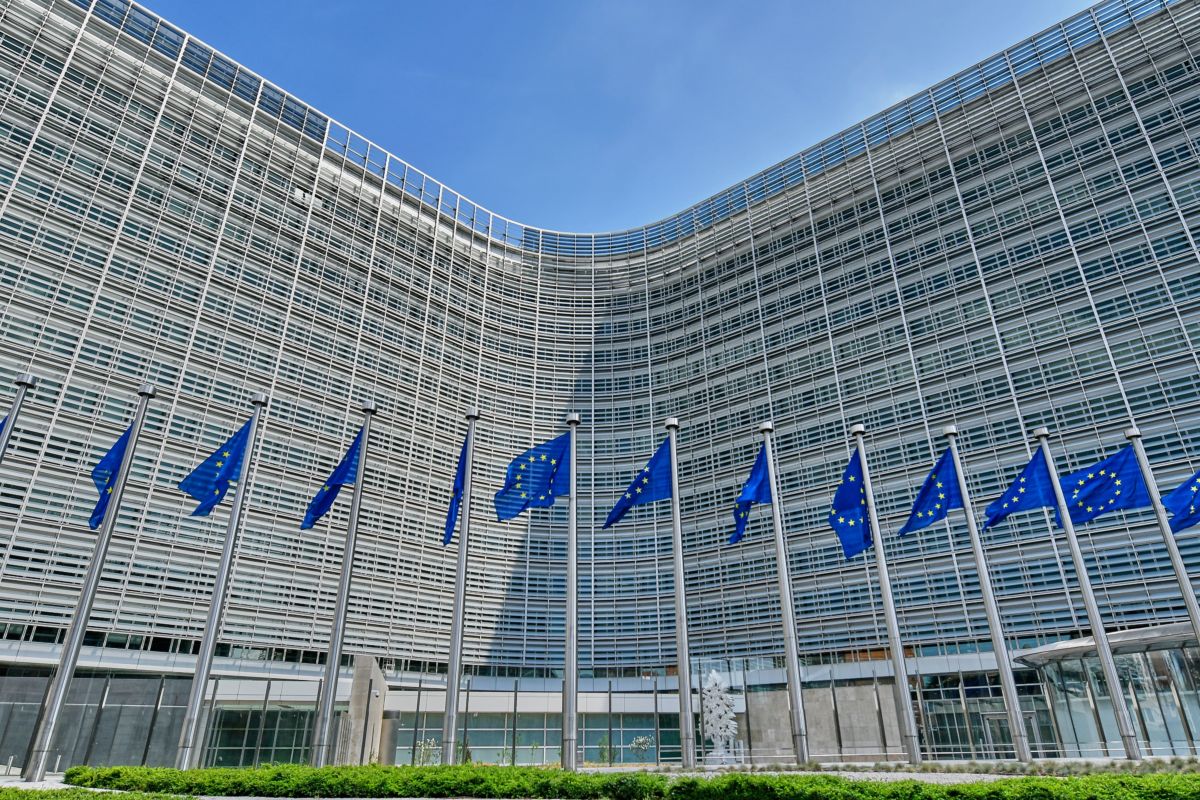Cross-border movements of capital are a fundamental pillar of the EU single market, a condition to improve the efficient allocation of resources and hence to stimulate growth, as the objective of Capital Markets Union (CMU); a potential source of risk sharing and hence of stability; and for euro area Member States, a necessary condition for the transmission of monetary policy.
The rapid increase in central bank policy rates, after a prolonged period of historically low interest rates, and the slowdown in economic activity have added stress to certain parts of the financial system, raising concerns about financial stability. EU banks have managed to adapt to the new monetary conditions due to their good liquidity and capital positions, but also by significantly curtailing new loans to the private household and non-financial corporate sector. At the global level, financial institutions heavily relying on extremely low nominal interest rates have faced acute stress, as flagged in the latest IMF Global Financial Stability Report. The direct impact of the aggression of Russia against Ukraine on the EU has been however rather contained, due to the EU’s limited financial exposure to Russia and Russia’s low integration in the international production processes and value chains. It is mostly concentrated at sectoral (or even company) level, and different across Member States, as exposure is heterogeneous across the continent depending on direct trade links with Russia. Looking forward, a growing concern is that policy and political uncertainty, potentially in the form of protectionist measures can negatively affect capital flows. At the moment, such uncertainty relates mostly to trade and its negative spillovers to capital flows. However, this uncertainty could also hit capital movements directly.
Against this background, the main focus of this Single FWC is to understand how this changing economic and financial landscape has been affecting recent developments related to capital flows and financial integration. It attempts to capture the main developments, as well as the emergence of new trends related to capital movements that could inform policymakers about ongoing challenges.



































